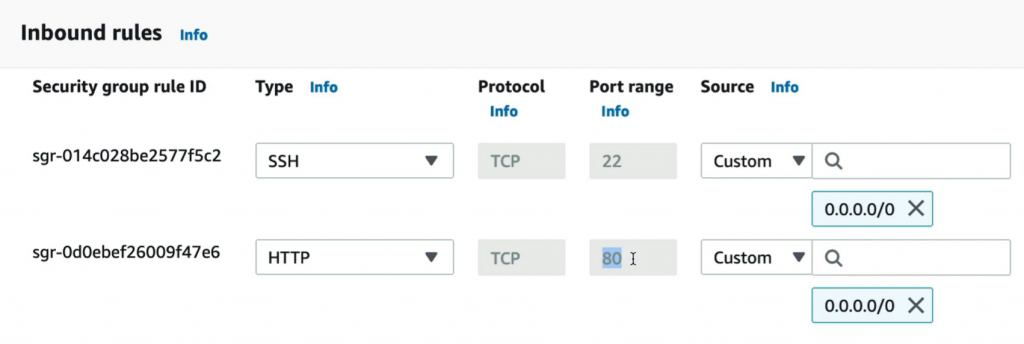AWS Security Groups are a fundamental aspect of securing resources in Amazon Web Services (AWS) cloud computing.
A Security Group is a virtual firewall that is used to control inbound and outbound traffic to AWS resources, such as EC2 instances, RDS databases, and others. Security Groups act as a virtual barrier that controls access to resources by allowing or denying incoming and outgoing traffic.
When a new resource is launched in AWS, such as an EC2 instance, a Security Group must be associated with it. This Security Group acts as a firewall, controlling access to that resource. A Security Group can have one or more rules that define what type of traffic is allowed or denied.
The rules in a Security Group can be set to allow traffic from specific IP addresses or ranges, protocols, ports, and other criteria. For example, a Security Group for an EC2 instance may have rules that allow incoming SSH traffic from a specific IP address, HTTP and HTTPS traffic from anywhere, and deny all other incoming traffic.
Security Groups are stateful, which means that they remember the traffic that has already been allowed in and automatically allow the corresponding outbound traffic. For example, if an incoming request is allowed through the Security Group, the response traffic from that request is automatically allowed to flow back out.
One of the benefits of using Security Groups is that they can be easily modified and updated as needed. Rules can be added, removed, or changed as requirements change. Additionally, Security Groups can be applied to multiple resources, making it easy to manage security across multiple instances.
Overall, AWS Security Groups are an essential tool for securing AWS resources and controlling access to them. By defining rules for inbound and outbound traffic, Security Groups help ensure that resources are only accessible by authorized users and systems, helping to keep data and applications secure in the cloud.

In summary:
- AWS Security Groups are virtual firewalls used to control inbound and outbound traffic to AWS resources
- Security Groups are associated with resources such as EC2 instances and RDS databases
- Security Groups have rules that define what type of traffic is allowed or denied, based on criteria such as IP addresses, protocols, and ports
- Security Groups are stateful and automatically allow outbound traffic that corresponds to allowed incoming traffic
- Security Groups can be easily modified and updated as needed
- Security Groups can be applied to multiple resources for easy management of security across instances
- Security Groups help ensure that resources are only accessible by authorized users and systems, improving security in the cloud.